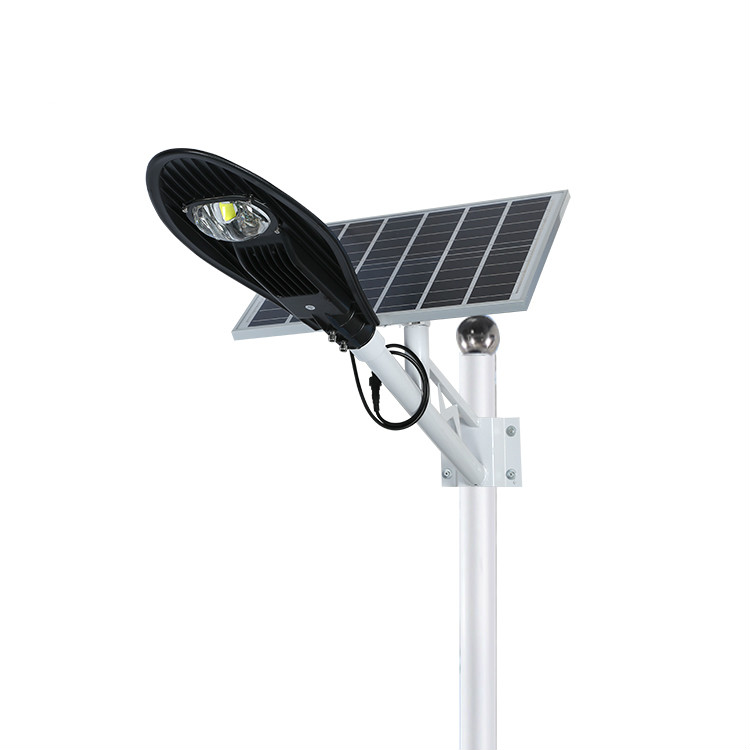
Paris (AFP)-
Researchers studying the distant galaxy said on Monday that the seven planets recently discovered orbiting a faint star in the Milky Way are rocky, seemingly watery and possibly "habitable".
Scientists report that although the surface and atmosphere of planets are not yet clear, new measurements do not rule out the possibility that they may harbor even primary life.
"So far, there is no indication that they are not suitable for living," said Amauri Traud, an astronomer at the University of Birmingham. -
Author of the study.
"So far, all the traffic lights we have passed are green.
The team gathered more information about Trappist's central dwarf. -
A system and improved measurements of the size, mass and atmospheric composition of each planet.
All seven rocks are made of rocks, up to five percent of which are in water. --
Researchers say that although it may exist in the form of gas or ice, it may also be trapped deep in a rock sphere.
On Earth, oceans make up about 0.
Two percent of the earth's mass.
A year ago, researchers announced the discovery of seven planets. -
Like a planet orbiting a trap-
A "super cold" red dwarf star, about 39 light-years away from our home.
As for the probability of planets with organic life forms, "we can't say that at this stage, because they are very different from the only planets with life that we know. (Earth)
Trio told AFP.
"But they have the right characteristics and are by far the most suitable for us. (Solar)
The system to search for.
"The existence of liquid water is considered a necessary condition for life to exist anywhere.
Astronomers use the Hubble Space Telescope to study the atmosphere of planets passing in front of their stars. From an observer's point of view, these planets appear to be dark, moving points, thus further understanding the Trappist system.
The discovery was published Monday in two papers in the journals Natural Astronomy, Astronomy and Astrophysics. -
It's colder than the sun. -
All seven planets are considered potential water hiding places, but in the temperate "Golden Phoenix" zone, the chances of finding liquid water are highest. --
Not far from the star, not frozen, nor too close to evaporate. The Trappist-
System 1 is considered to be the best hope for finding evidence of extraterrestrial life at present.
"When we combine new mass with improved radius measurements and knowledge of stars, we can get precise densities for each of the seven worlds and information about their internal composition," Triaud said.
"All seven planets are very similar to Mercury, Venus, Earth, Moon and Mars.
"According to research companies-
Simon Green is from the University of Berne and the third and fourth planets from stars are "most likely" to have some form of life.
"The more we know about these planets, the more habitable they seem to be," Grimm told AFP via e-mail.
Compared with our solar system, Trappist-
The family is very close. -knit.
The orbit is 1.
Five to twelve days, these planets will be comfortably adapted to the distance between the sun and its nearest planet, Mercury. Trappist-
The mass of 1 is less than 10% of the mass of the sun and is colder, which explains why its planets can move in such close orbits.
